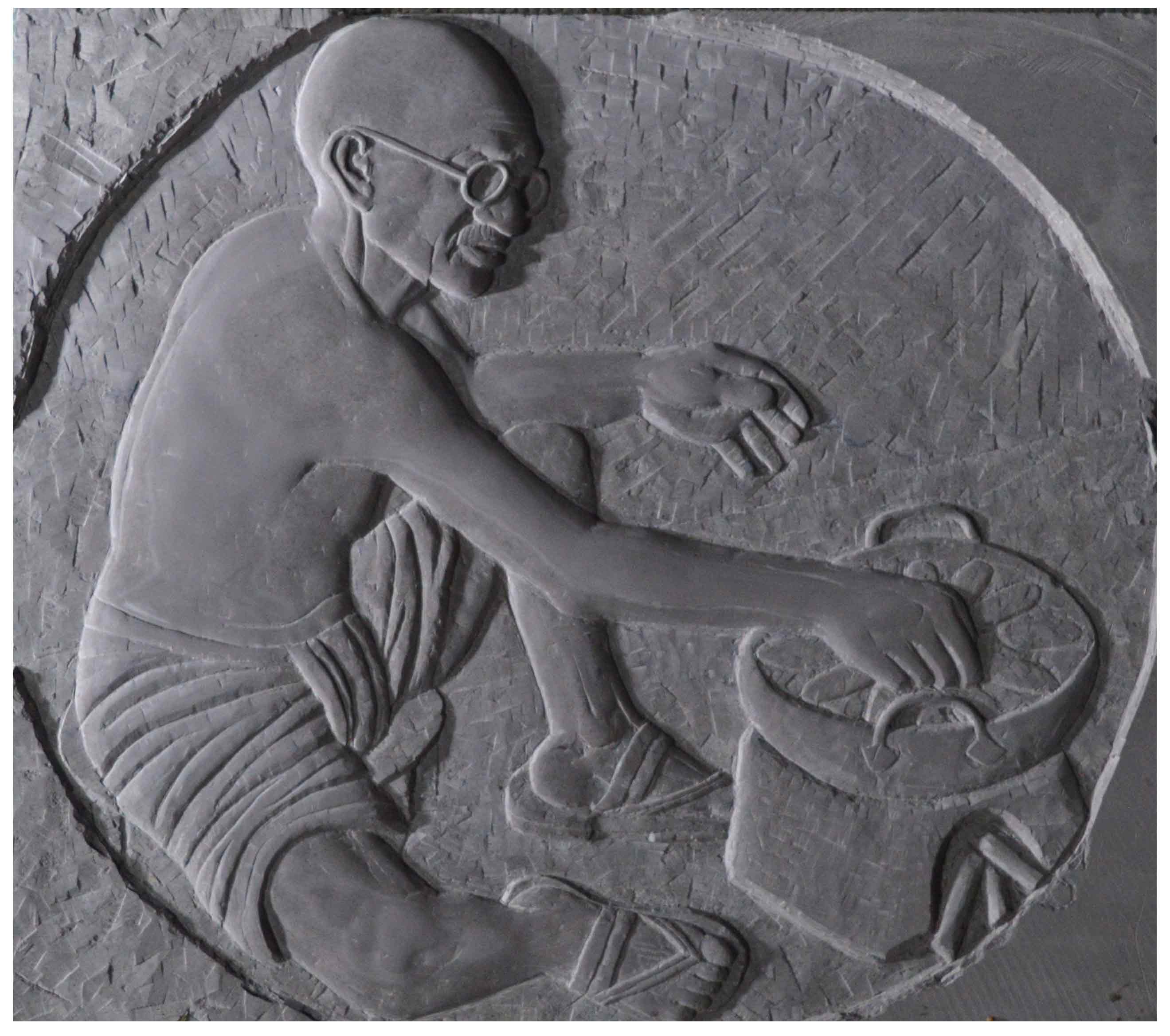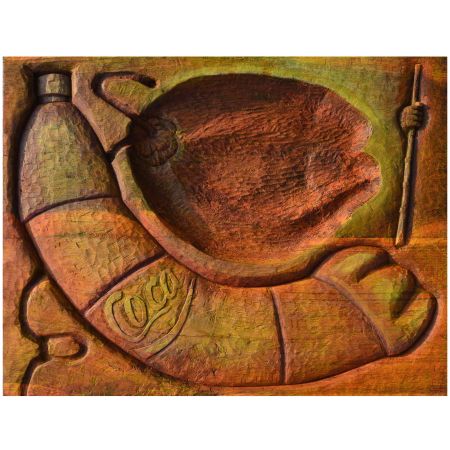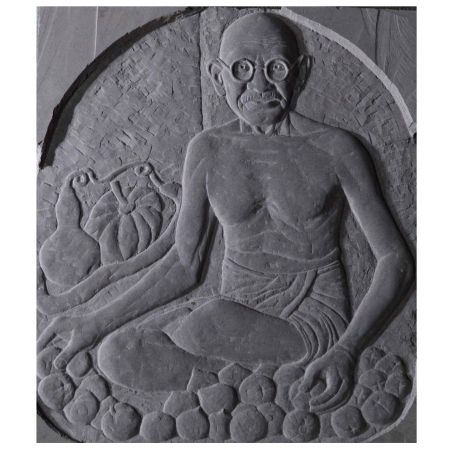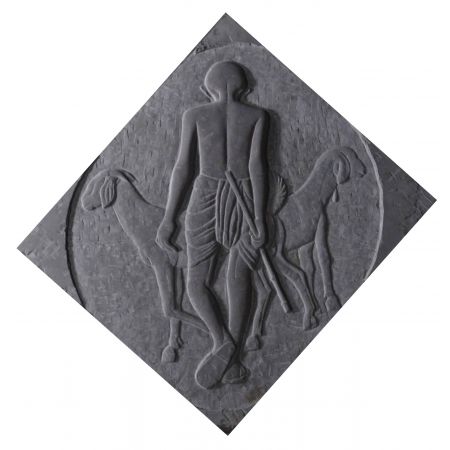Indomitable will III
I come from a village called Burugupalem in the Visakhapatnam district of Andhra Pradesh. I belong to the weaver’s community and I grew up watching my father working at his loom. The essence of this village – with its archetypal professions such as carpentry, weaving and blacksmithing – was unconsciously imprinted on my mind.
At the beginning of my MFA in sculpture, the main theme of my work was based on agriculture and its role in society. However, my familiarity with the weaving community made me venture into looms and handicrafts. I always wanted my work to be related to the society which I come from and to depict the effect of industrialization and globalization on craftspeople in our country.
After 72 yrs of Independence, we are evidencing ever-expanding urban spaces and burgeoning consumerism. Yet survey reports say that 78% of the Indian population cannot afford to spend 20 rupees a day. This contradiction made me think about myself and people who live around me in my village and elsewhere.
I wanted to know the reason for such a contradiction. I spoke to my colleagues, teachers and friends about this disparity that I encounter at every step of my life. I looked back at my childhood in my village. Hardly any products had to be brought in from outside the village. All our daily needs were met with products made in the village itself or from neighbouring villages.
The localized production of goods made me think about their implication on the livelihood of people. It is interesting to observe men and women of different communities spinning yarn. This yarn, in turn, is made into cloth by weavers to be used by the villagers. Similarly, a potter used to make pots to meet the needs of the villagers, carpenters and blacksmiths engaged themselves in making implements for farming; they also use their skills for constructing shelters for villagers, even edible oil was extracted at the villages itself. These villages were self-sufficient entities now suffering due to industrialization.
This also drew my attention towards Mahatma Gandhi, who led the freedom movement in this country. His main weapon against the British was a spinning-wheel – charkha. Mahatma Gandhi believed that as long as the spinning-wheel moves, people in villages can live in economic freedom. For him, the spinning wheel was a wheel of liberty.
In other words, various production methods in villages not only meet the needs of the people but make them self-confident in their approach to life. I believe Mahatma Gandhi aimed for a country, in which every individual will have the right to use his skill for his betterment and the wealth generated by the people should be shared equally by all.
These ideas and principles of Mahatma Gandhi attracted me and motivated me to visualize his ideas and present them to society in the form of sculpture.
Return Policy: Available
Authencity Certificate : Provided
Shipping Duration: Within 7 days In India.
Shipping charges: Free Across India.
International Shipping at nominal charges. Shipped Rolled.
International Shipping at nominal charges. Shipped Rolled.
₹200,000







